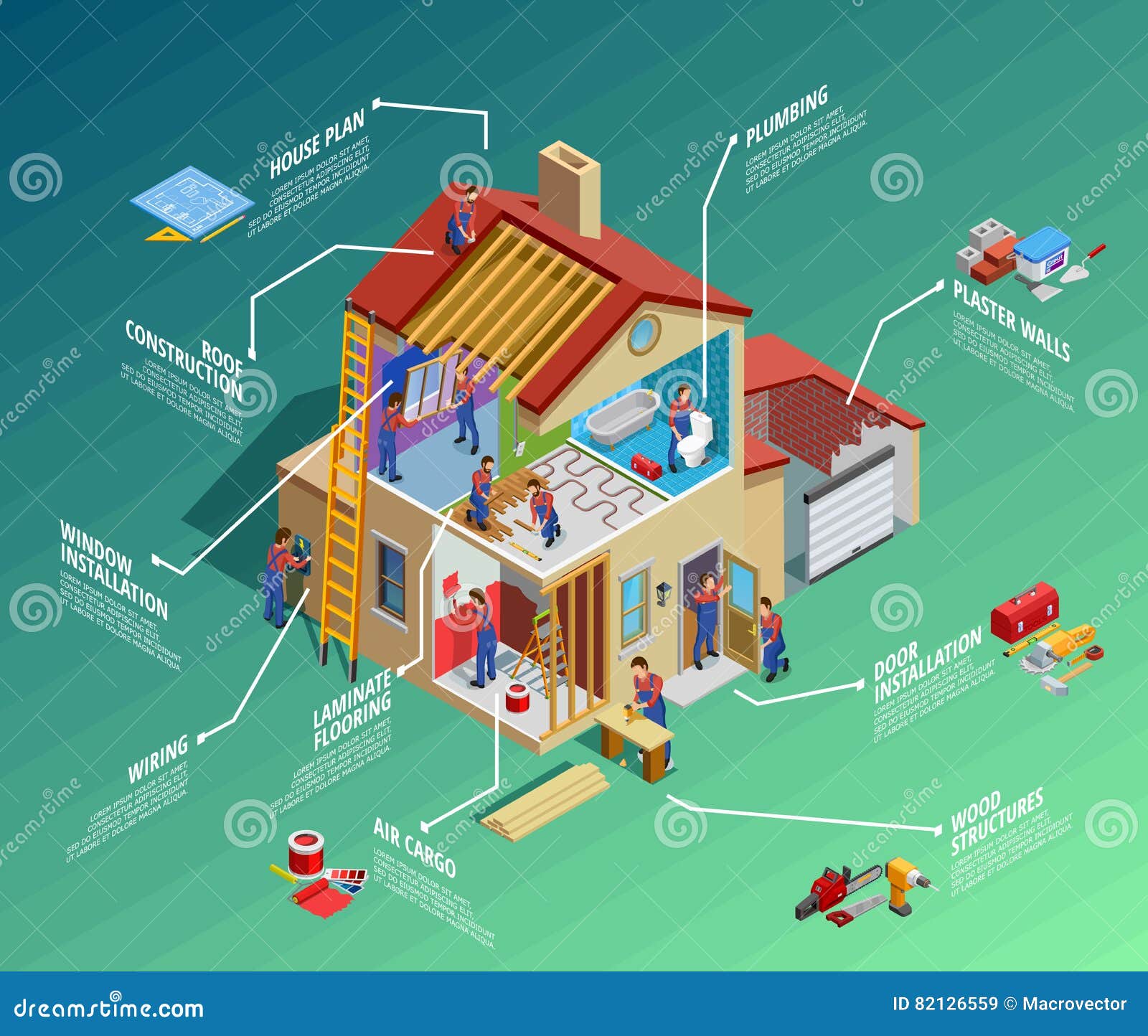Assess The Monetary Ramifications And Advantages Of Solar Installation To Identify The Potential Economic Advantages For Those Thinking About This Renewable Resource Venture
Assess The Monetary Ramifications And Advantages Of Solar Installation To Identify The Potential Economic Advantages For Those Thinking About This Renewable Resource Venture
Blog Article
Web Content Written By-Storm Dunlap
When taking into consideration the prices of solar installment, you could wonder about the upfront financial investment needed and whether it straightens with the possible long-lasting benefits. Comprehending the ins and outs of these expenditures and the different aspects influencing the general return can clarify the worth suggestion of transitioning to solar energy. By examining both the first arrangement expenses and the predicted savings gradually, you can gain understanding right into whether the investment in solar setup holds assurance for your economic future.
Preliminary Arrangement Costs
When thinking about the prices of solar installation, the initial setup expenses play an essential duty in your decision-making procedure. These ahead of time prices consist of the cost of solar panels, inverters, installing tools, and setup labor.
The price of photovoltaic panels can vary depending on the brand, performance, and size you choose. Inverters are necessary for transforming the sunlight's energy right into usable power and can be found in various kinds such as string inverters, microinverters, and power optimizers, each with its very own cost implications.
Mounting tools, such as racks and rails, is essential to safely mount solar panels on your roofing or residential or commercial property.
The installment labor expense covers the expert setup of the planetary system, making sure that everything is set up properly and efficiently. Remember that while these first arrangement expenditures may seem high, there are typically refunds, tax obligation incentives, and funding alternatives readily available to aid offset the costs and make solar setup extra cost effective in the future.
Long-Term Savings Evaluation
To understand the economic benefits of solar installation in time, it's critical to perform a detailed lasting savings analysis. While the preliminary configuration expenditures of photovoltaic panels might appear complicated, the long-lasting cost savings can exceed these prices significantly. By utilizing the power of the sunlight to generate electrical energy for your home, you can possibly conserve thousands of bucks on your utility expenses over the life-span of your planetary system.
One of the key factors to think about in a long-term cost savings evaluation is the decrease in your electrical energy expenses. With photovoltaic panels, you can create your electrical power, minimizing or even eliminating your reliance on the grid. This can cause considerable savings, particularly as utility rates remain to increase.
Furthermore, many federal governments offer motivations such as tax debts and discounts for setting up photovoltaic panels, additionally enhancing your long-term financial savings. By making the most of these motivations and optimizing your solar energy production, you can delight in substantial financial benefits for several years ahead.
Return on Investment Computation
Taking into consideration the monetary benefits of solar installment, it's time to assess the Roi (ROI) calculation. Determining the ROI entails contrasting the overall costs of setting up a planetary system with the economic advantages it generates over its life expectancy.
To compute ROI, divide the web benefit from the system by the complete investment price and multiply by 100 to get a percentage. The ROI formula is: (Net Earnings/ Overall Financial Investment Cost) x 100.
As an example, if the overall expense of mounting a planetary system is $20,000, and over its life-span, it generates financial savings and earnings totaling $30,000, the net profit would be $10,000. Dividing this by the complete investment price of $20,000 gives a proportion of 0.5. Multiplying this by 100 offers an ROI of 50%.
Usually, a higher ROI suggests a much more financially gratifying financial investment. Aspects like federal government incentives, upkeep expenses, and energy price changes can impact the ROI of solar setups. Comprehending the ROI helps in examining whether investing in solar power is worth it in the long run.
Conclusion
Finally, recognizing the costs of solar installation is important for identifying if it is worth the investment. By taking into straight from the source , performing a long-term savings analysis, and calculating the roi, you can make a notified decision concerning the financial value of solar energy. With the possibility for decreased energy bills and increased energy freedom, buying solar setup can be a clever option for both your budget and the atmosphere.
